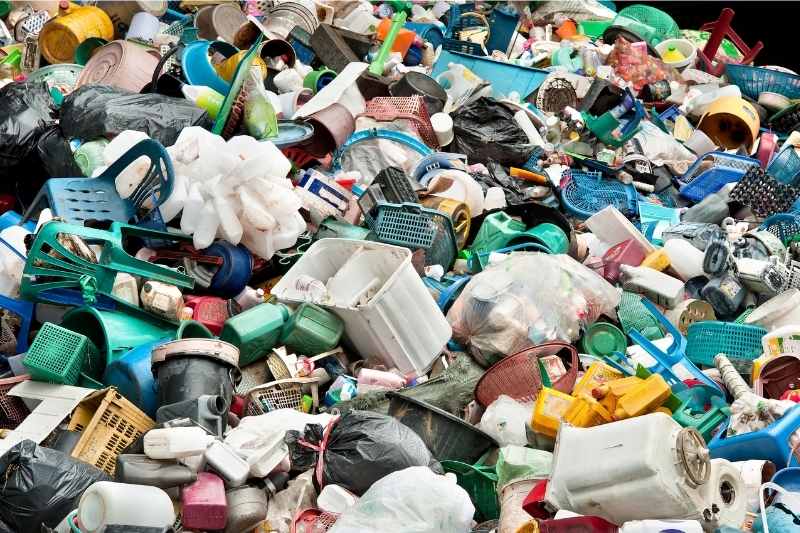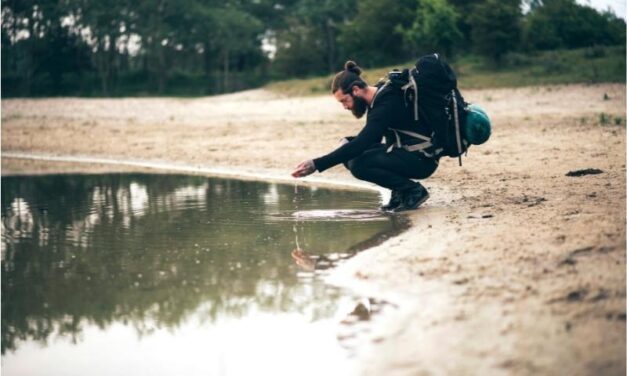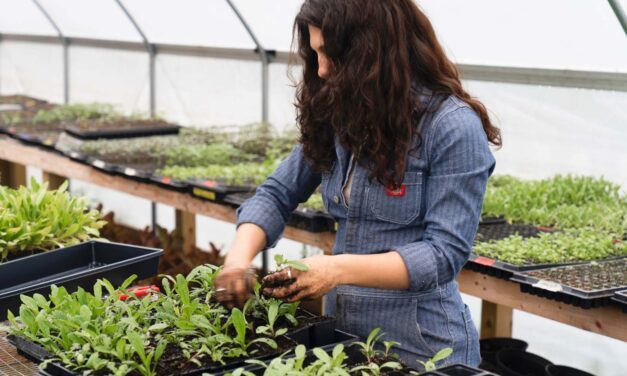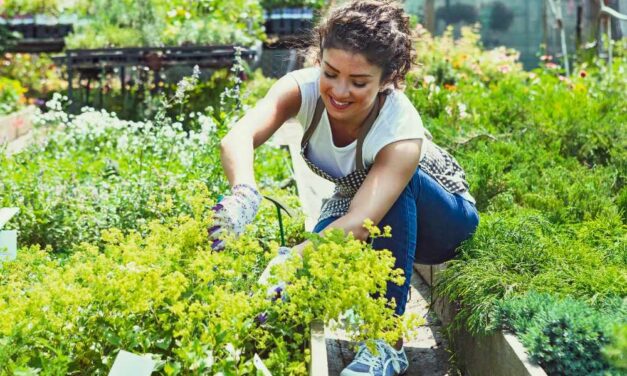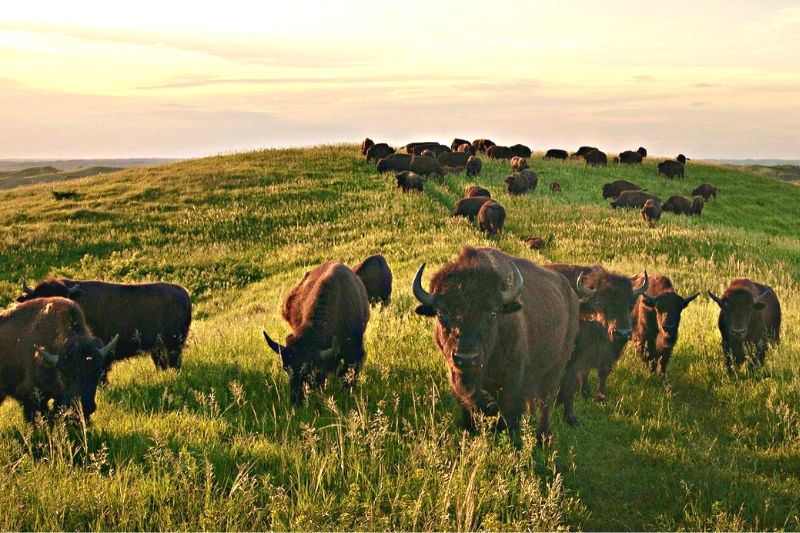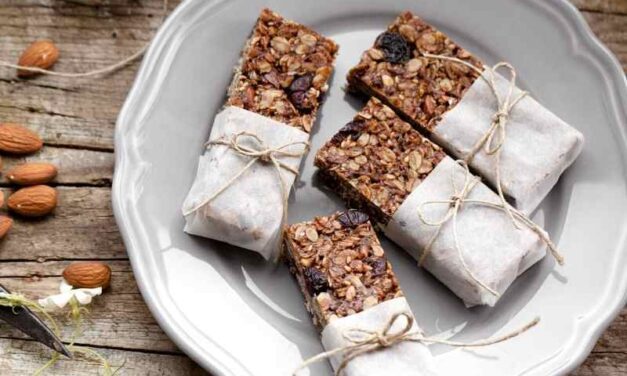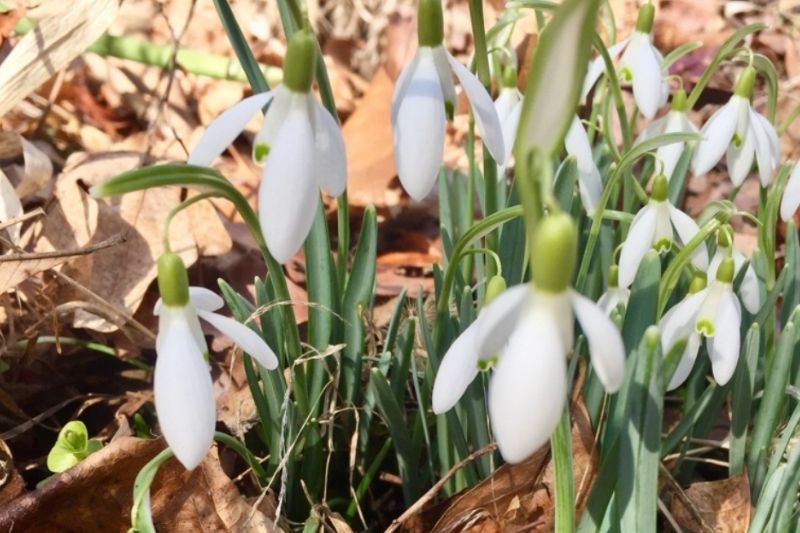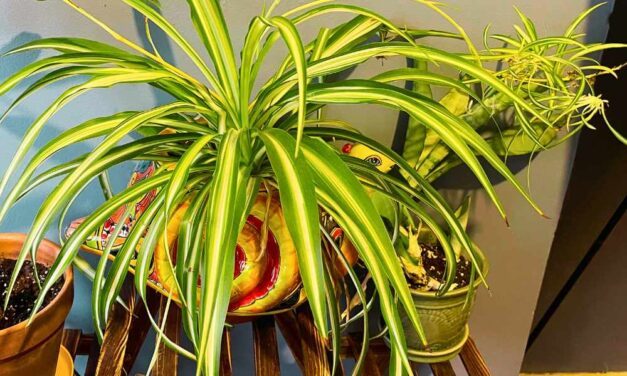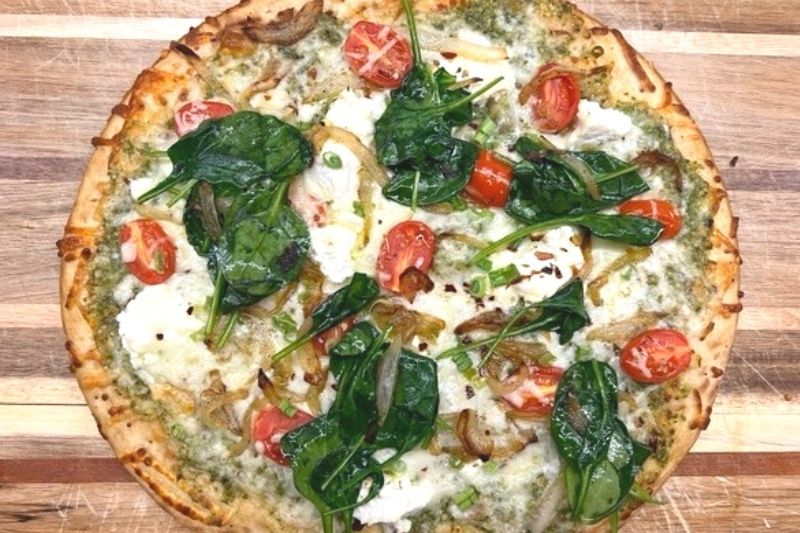Tag: Quality of life
Join OPL’s Plastic Free July Challenge and Break Free from Plastic’s Grip
Plastic is pervasive and never decomposes. This month, join OPL’s Plastic Free July challenge and break free from your plastic dependency.
Read MoreUnderstanding Water Quality Through Aquatic Macroinvertebrates
Aquatic macroinvertebrates signal to us the quality of our waterways. They play a large part in our freshwater ecosystem.
Read MoreThe Truth About Our Environmental and Humanitarian Water Crisis
Water sustains all life, yet we take it for granted. Learn how water demands are creating an environmental and humanitarian water crisis.
Read MoreLearn About the Crucial Pillars of a Sustainable Food System
Regenerative farming and the support of local agriculture have emerged as crucial pillars of a more sustainable and resilient food system.
Read MoreGrowing Wellness: 7 Health Benefits of Gardening
Gardening provides numerous physical, mental, and emotional advantages. Here are 7 reasons you should enjoy the health benefits of gardening.
Read MoreProtecting Biodiversity Around the World
Discover why protecting biodiversity and promoting climate resilience are so important. Then learn more about climate corridors near you!
Read MoreNo-Bake Energy Bars
These no-bake energy bars are so delicious and easy to make. They make an excellent trail snack for the whole family.
Read MoreIt’s Spring! Time to Get Outside and Explore
Spring is in the air! Get outside and revel in the sights and sounds of nature stirring back to life after a long winter.
Read MoreStay Fit Without a Gym Membership
Sure, having a gym membership can help with your fitness goals. But it’s not required! There are lots of ways you can stay fit without a gym.
Read More2024: A Year of Collective Action and Planet-Saving Impact
The OPL community’s collective action continued in 2024. Discover how we made our world more sustainable through small, meaningful actions.
Read MoreHearty Chicken and Vegetable Soup
Perfect for lunch or dinner, this hearty chicken and vegetable soup recipe warms the soul on a winter’s day.
Read MoreIndoor Plants Benefit Your Health and Mood
Indoor plants aid our senses through texture, color, and beauty — enhancing our mood, health, and overall wellness.
Read More
Recent Posts
-

-
 Decadent Chocolate and Strawberry TartJul 1, 2025
Decadent Chocolate and Strawberry TartJul 1, 2025 -
 Creamy Banana “Nice Cream”Jul 1, 2025
Creamy Banana “Nice Cream”Jul 1, 2025 -
 Deliciously Vibrant Veggie Pizza For SharingJul 1, 2025
Deliciously Vibrant Veggie Pizza For SharingJul 1, 2025 -
 Hawaiian-style Fried RiceJul 1, 2025
Hawaiian-style Fried RiceJul 1, 2025

